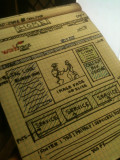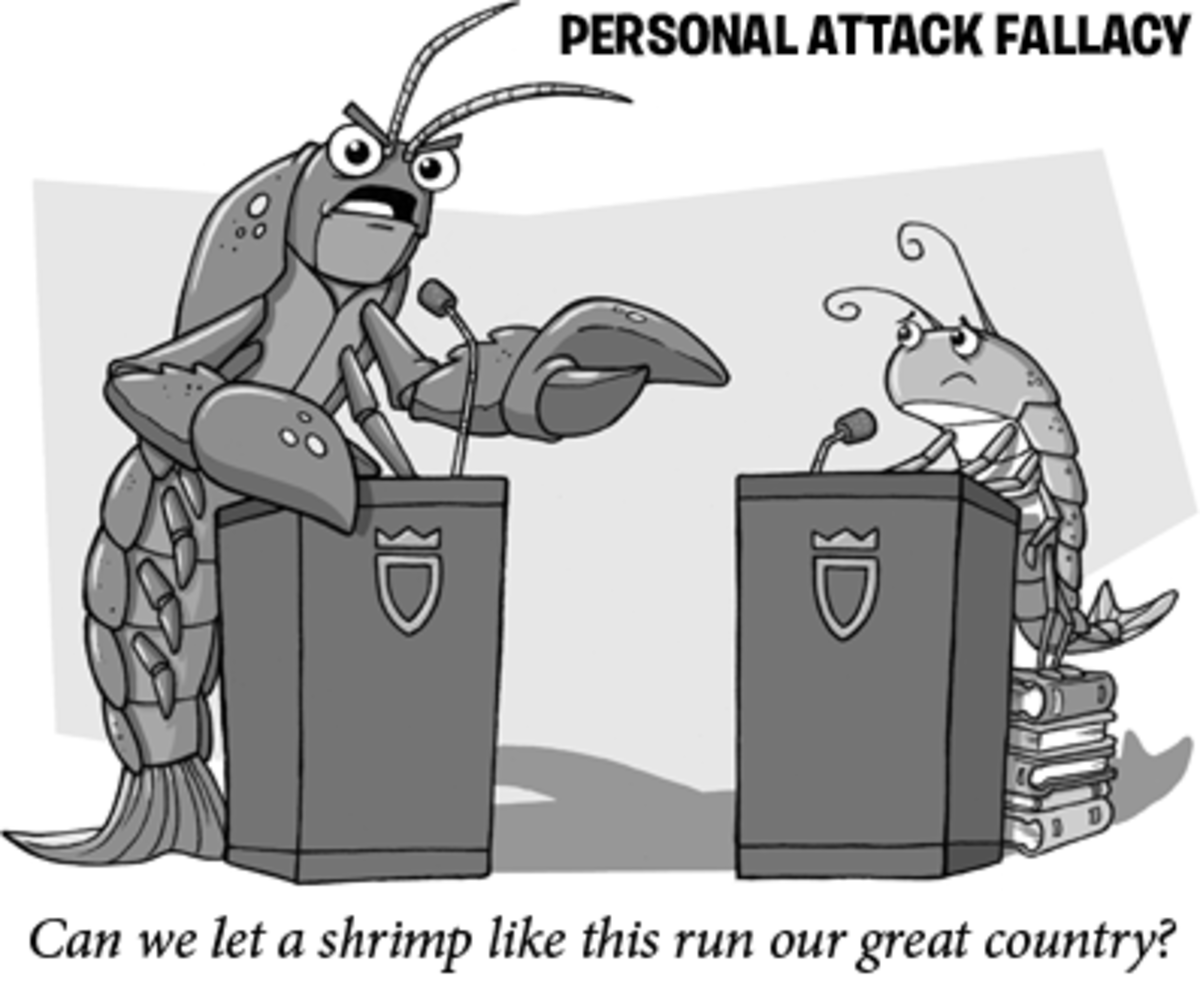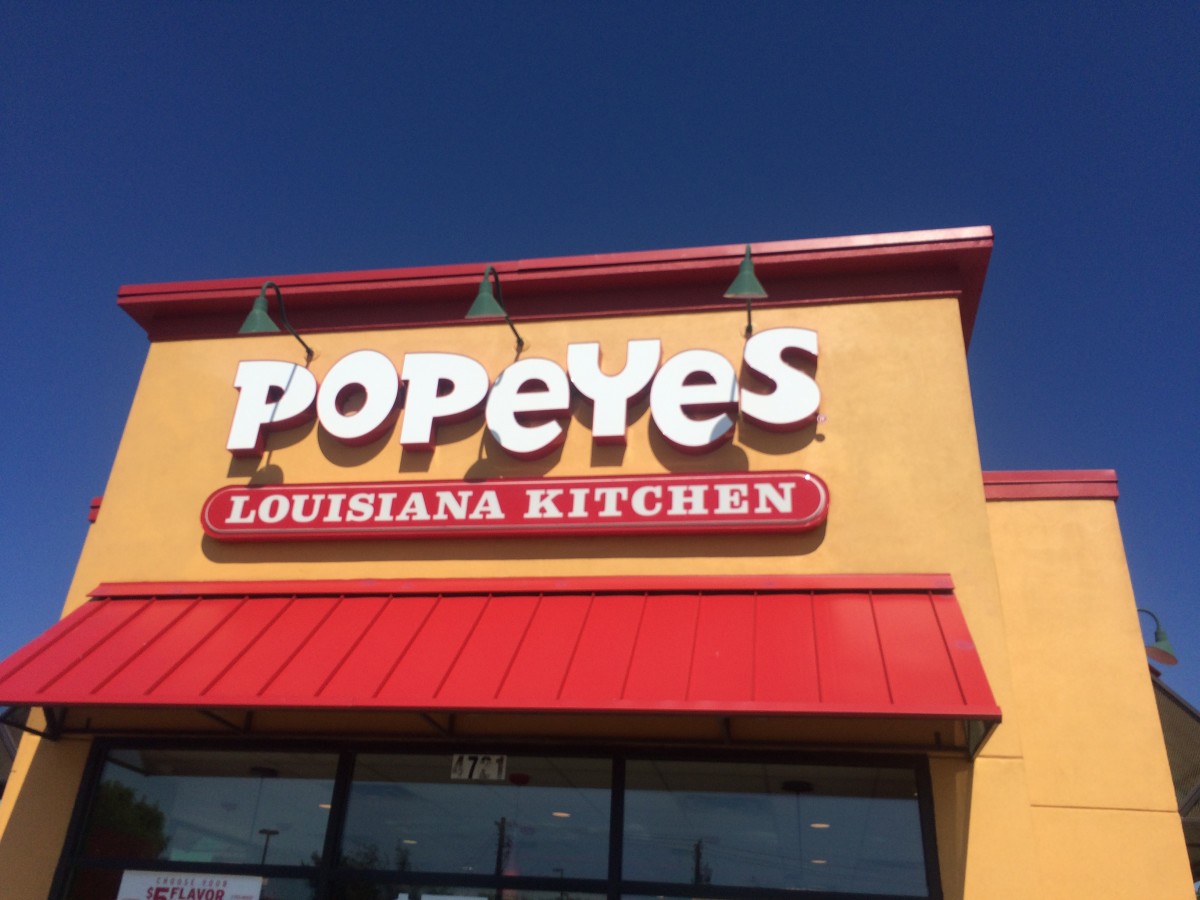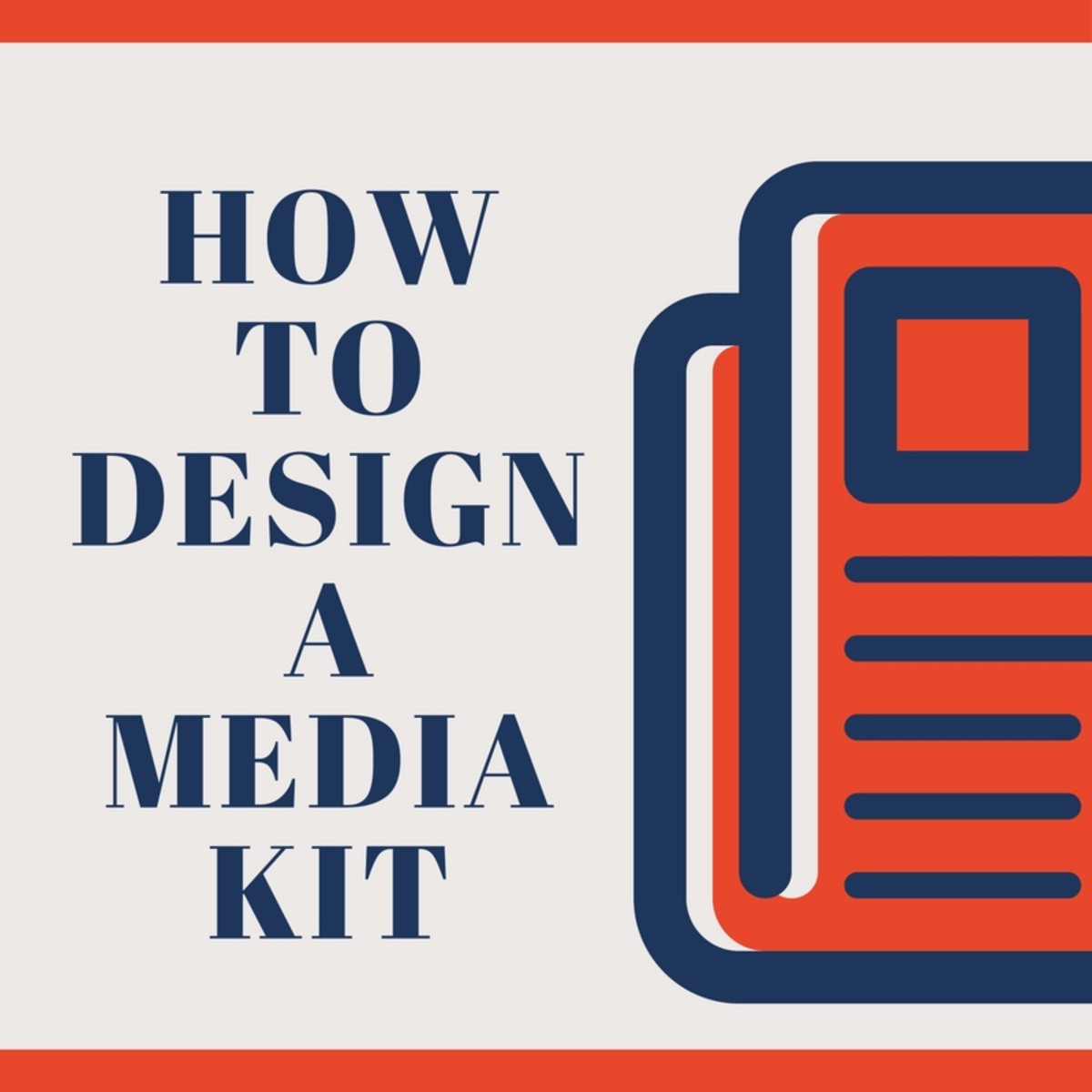Sell your business with the write copy

Good publications, both print and online, can help your business succeed or fail. However, developing them can be costly and time consuming. Here are some simple tips to help you develop an effective website or brochure to promote your small business.
1. Clear objectives: what are you trying to achieve?
The most important thing is to always keep in mind why you are undertaking the project in the first place. For example if you are developing a website, is the primary objective to sell a product or to inform people about your business? You will include different information for different purposes. For example, if your want to sell a product, you will want to tell people why it is value for money. If it is an informational website, you may just wish to include items such as business location, contact details and company profile.
2. Speak directly to the person
It sounds obvious, but write with your market in mind. For example, if you are writing a website selling children's toys, your audience is probably parents. You might decide to adopt an informal and friendly tone, and highlight the educational benefits of your toys. However, if you are writing a brochure with the aim of trying to raise funds for a charitly, your audience might be local business. Your tone would be more formal and emphasize the benefits your project would bring to the local community and business.
3. Finish copy prior to the design process
It’s best to ensure your wording is finalised before you undertake the design process. People often get into trouble when they start making substantial changes to the text halfway through designing their publication. It’s time-consuming and costly to make major changes and additions to wording halfway through the design process.
4. Less is more
If you want people to actually read your publication, then definitely use less rather than more words. Particularly for websites, short sentences, short paragraphs and simple language work best. So avoid fancy words and make your points succinctly. in doing so, you will find that your writing becomes more readable.
5. Use principles of SEO
Keep in mind that websites can be written in a way that increases their search engine ranking. You can find out more information about Search Engine Optimisation below.
Search Engine Optimisation
- Search Engine Optimisation For Your Web Site
Search Engine Optimisation plays a vital part in the success of any online business and it should be one of the major step in the website development process. With any website the higher up the search results... - A Beginners Guide to the World of Search Engine Opti...
Search Engine Optimisation or SEO as its abbreviated is the process of optimising your site to feature highly in Search Engine Results Pages or SERPs as they're known to SEO professionals.
6. Professional help
A professional copywriter can also help ensure that you use the words that will have the most impact on your audience. Many marketing or graphic design companies can recommend a writer.
If you choose to write the publication yourself ask at least one other person to look over it for you. They should check for understanding, factual correctness, grammar and spelling.
You can choose to design your publication yourself or use a professional. Many people have designed simple fliers and brochures on their computers. However, paying for a good graphic designer should be viewed as an investment. Afterall, you are paying them to represent you and your business in the best possible light. If a publication is badly designed it may not be read at all. So please don't design it yourself unless you are confident of a good outcome.
These days there is also a range of free software on the web that can help you design your own web page. This is too complex to cover here. Learn more at:
website design template
- Web site Creation made Simple, Web Design Templates,...
Open Source Web Design OSWB for short is another great Open Source Project. The site has no less that 2080 Templates which can be downloaded for free. The Templates can be opened in most Web Editing Software... - Best Free Web Page Design on the Internet
So you want to know the best free web page design? I have been a web designer for about three years now, and I can say that I have come across very many good and bad designs from all over the internet and from...
Design briefs
7. Brief
It is wise to provide a designer with a written brief. This allows everyone to be clear about the aims of the project. The brief should be comprehensive and clearly state what you wish to achieve. As a professional, the designer is charging you for their time. It follows that the clearer you are about your needs, the less time there will be making changes to the design later. This will help to keep your project costs down with the added benefit that stress levels go down too.
Your brief does not have to be long, it may just be a few bullet points stating how you wish to use the publication, what sort of style and look you want it to have, what sort of format (size) and your publication wording.
You may find it useful to show the designer publications that you like. Think about why you like them and what elements appeal to your target audience. Do the words impact on you? Does the colour scheme appeal? Do you like the use of space or the images? Is it user friendly?
Sometimes it is also useful to identify the things that you really do not like in a publication, so you can specify what you definitely do not want.
You should not simply ask someone to copy the wording or design that you like. Apart from being unethical and breaching copyright, it also makes for bad marketing. A publication should reflect your individual business. Collecting samples is about developing a better understanding of what appeals to you and your audience.
An advantage of developing a written brief is that you will also find it easier to obtain accurate design quotes. If you only have a limited budget you can always explain to a designer what you are after and ask how much they can deliver for a set budget. When you receive the quote, check if it allows for changes to be made to the design. Most materials undergo at least three sets of changes before they are finalised.
Be prepared to accept feedback from your designer about your brief. A good designer should be able to provide expert feedback on a range of areas such as the size of your publication and printing considerations. If it is a large project the designer may first produce a design “concept” for you to approve, prior to completing the project for you.
8. Proofread
Before you send a publication to the printer or post it live on the web, ensure that a third party has checked it. Classic things to double-check are headings, dates, phone numbers, addresses, prices, names and details of company policies.
9. Good luck
Lastly, do not be afraid to be different. As long as you believe your wording and design is relevant to your audience, difference can help you impact on people in a positive way. Good luck.
Useful books
Useful websites
- Website Marketing Strategy
In order to have a successful website, you first have to define your goals for the site: what do you want it to do for you? Are you interested in increasing exposure to your brand? Getting people on your... - Website Marketing Strategy Secrets To Improve Your W...
A website marketing strategy is important for your business' success because it will highlight for you the key objectives which your website must accomplish. It's important for a site owner, like yourself, to... - How to make a brochure on Word
You can make a brochure on word using a pre-defined template, or from scratch. This article describes how to create a brochure on Word from scratch. - How to Create a Marketing Plan
A very good speaker said in his business start up seminar the following:









